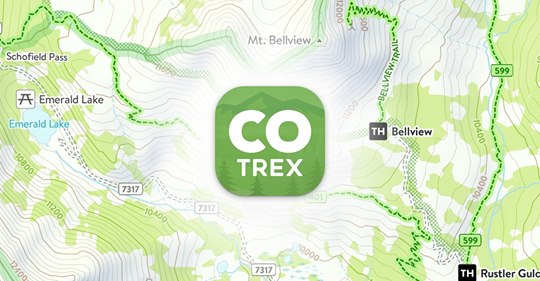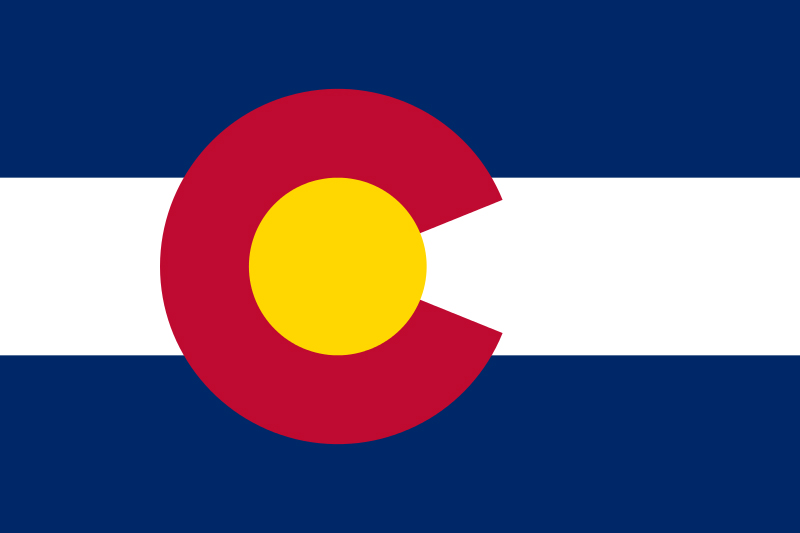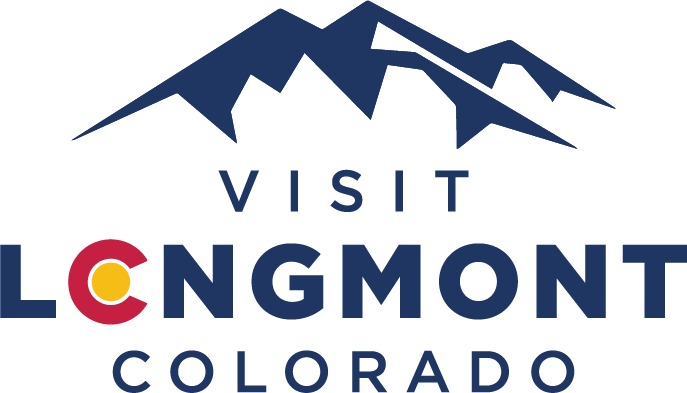
- HOME
- Things To Do
- Arts & Culture
- Art Galleries
- Art In Public Places
- Murals
- Performing Arts/Theatre
- Attractions
- Downtown Longmont
- Cheese Importers
- Cheese Making
- Hot Air Ballooning
- Mile-Hi Skydiving
- Day Trips from Longmont
- Dog Friendly
- Family Fun
- Farms & Farmer's Markets
- Longmont Farmers Market
- Farm Dinners
- Live Music
- Longmont Sunsets
- Museums & History
- Longmont Museum
- Longmont History
- Hygiene, CO
- Stephen H. Long
- J.C. Penney
- Tower of Compassion
- Teddy Roosevelt
- The Callahan House
- Ken Pratt
- Haunted History
- Sandstone Ranch
- Imperial Hotel
- Chief Niwot and the Left Hand Curse
- Dickens Opera House
- Ed Jones Building
- Parks & Outdoors
- Biking
- Birding
- Dickens Farm Nature Area & Tubing
- Fishing
- Golden Ponds
- Hiking
- Lakes & Rivers
- McIntosh Lake Nature Area
- Union Reservoir
- St. Vrain State Park
- Rocky Mountain National Park
- Shopping & Entertainment
- Spend the Day in Longmont
- Sports
- Golf
- Disc Golf
- Swimming
- Water Sports
- Winter
- Top Things To Do
- Wellness
- HOME
- Restaurants
- Asian
- Bars & Pubs
- Brunch
- Coffee Shops, Bakeries, and Ice Cream
- National Coffee Day
- Indian & Nepali
- Mexican
- Featured On TV
- Farmers Markets
- HOME
- Plan
- About Longmont
- Facts & Figures
- Multicultural Heritage
- History
- Old Town Longmont
- Prospect New Town
- eNewsletter
- Itineraries
- Winter
- Spring
- Summer
- Fall
- Carbonation + Elevation
- Girl's Weekend
- Perfect Longmont Itinerary
- Moving To Longmont
- Tips For Visitors
- Visitor Center
- Visitors Guide
- Digital Visitors Guide
- Transportation
Tips For Visitors
Visiting Colorado? Check below for tips, tricks and more to make your Colorado visit memorable!
Cover Photo: Toby Shepard
Care for Colorado from Practice Studios on Vimeo.
Click here to learn more about Care for Colorado and Responsible Tourism while you are visiting the state.
Tips For Visiting Colorado
High Altitude: Elevations over 5,000 feet above sea level are considered to be “high altitude,” and the mean elevation of Colorado is 6,800 feet. That means that just about wherever you go in this state, your body is going to react to the change in altitude if you’re not acclimated. Longmont sits at nearly 5,000 feet, and some of the surrounding areas are even higher, so if you’re coming from sea level, follow these simple tips to ensure a safe and comfortable transition
Give your body time. Let your system adjust gradually; don’t head up to mountains the minute you get here. Spend the first day or two at a lower altitude before heading up to a higher one.
Drink up! Water, that is. Stay hydrated by drinking more water than usual, especially if you’re going up to the mountains. Colorado’s air is dry, like a desert, so you need about twice as much water here as you would drink living at sea level. Start increasing your water intake gradually in the weeks leading up to your trip.
Take it easy. Extreme physical exertion, smoking, caffeine, and alcohol consumption all make it even harder for your body to adjust to the change, so limit these, especially in the first few days.
Be prepared. High-altitude sickness can make most people nauseous, so keep a nausea remedy (like ginger candies) with you at all times. To combat the effect of the dry climate, try a saline nasal spray and moisturizing eye drops.
Don’t go it alone. Use the “buddy system” whenever possible. If you or a travel companion experiences symptoms like wheezing, shortness of breath, or chest pain, move to a lower altitude as soon as possible.
Check with the doc. Certain medications (such as pain meds) can be affected by high altitude, so check with your doctor before you travel. If you have a preexisting medical condition like heart or lung disease, you should get a doctor’s approval before traveling to very high altitudes.
Weather: Longmont experiences more than 300 days of sunshine, 13 inches of rain (the US average is 37 inches), and 34 inches of snow (the U.S. average is 25 inches) each year.
Sun protection. Higher altitudes mean you’re closer to the sun, so even in the winter and when it’s cloudy, you need protection from harmful rays. Wear sunglasses, a hat, and a sunscreen of at least SPF 30 when you’re outside, year round.
Dress in Layers. Weather can change fast in Colorado, and many visitors are surprised by the need for a sweatshirt in the middle of July. Check the forecast a few days before you come to Colorado, pack accordingly, and make sure to bring plenty of layers. When you’re out on the town or in the mountains, you should wear some layers you can easily take off and put on again – you never know when that sweatshirt might come in handy!
Leave No Trace:
- KNOW BEFORE YOU GO:
■ Our state and federal agencies manage 42 percent of Colorado’s majestic landscape, and our cities and counties maintain even more.
■ Find your way to less-visited and off-peak destinations to minimize downtime and maximize your connection with special places.
■ Bring along reusable water bottles or hot drink tumblers to limit waste and stay hydrated in our dry climate.
- STICK TO TRAILS:
■ With 39,000 marked trails and 13,000 designated campsites, there’s no need to venture beyond. By sticking to these areas and camping at least 200 feet from lakes, rivers and streams, you’re helping natural areas stay natural.
■ Even though shortcuts can be tempting, please don’t take them. A few extra strides on the path will protect plants and the homes of the true locals.
- LEAVE IT AS YOU FIND IT:
■ Any of our 750 different species of wildflowers will live forever in a photo. Snap away, but only with a camera.
■ Treat all living things with respect. Carving or hacking plants and trees may kill or disfigure them.
- TRASH THE TRASH:
■ Pack it in, pack it out.
■ Wash yourself, your dog or whatever else needs cleaning at least 200 feet from waterways, and use biodegradable soap. A bubble bath is no treat for fish.
- BE CAREFUL WITH FIRE:
■ Colorado’s low humidity has perks, but can create dry, dangerous conditions. Keep campfires small and manageable to avoid sparking wildfires.
■ When putting out a fire, water it until you can handle the embers. Never let a fire burn unattended.
■ Use care when smoking in Colorado’s dry climate. Always put cigarettes out completely, and don’t leave
your butts behind.
- KEEP WILDLIFE WILD:
■ Colorado is home to tens of thousands of furry, scaly and feathered creatures. To keep them – and
you – safe, don’t approach them.
■ It is not adorable to feed wild animals. You could alter natural behaviors, exposing them to predators or even euthanasia.
■ Keep your furry buddies leashed when enjoying dog-friendly trails, and pack out their waste. All the way to a trashcan.
- SHARE OUR TRAILS & PARKS:
■ Chances are you’re not out in nature to people watch, so try out the lesser-known paths and sites.
■ Silence your cell phone before stepping into nature, and speak softly without using the speaker function.
■ Be considerate when passing others on the trails and yield to the uphill hiker and biker – they need the momentum.
■ Listen to nature. Keep your voice and music soft so all can enjoy the peace of Colorado.
Colorado Packing List:
- Sunscreen, Lip Balm, Hat & Sunglasses: In Colorado you are about a mile closer to the sun along with our 300 days of sun a year!
- Bathing Suit: The state is filled with many hot springs, reservoirs and rafting.
- Refillable Water Bottle: Start drinking water as soon you arrive in our dry, elevated climate. And don’t stop.
- Rain Jacket: With unpredictable weather, it is best to prepare.
- Sturdy Shoes: For hiking, walking, biking and more!
- Day Pack: Best carrying tool for all your gear.
- Jeans/Hiking Pants: Relax, denim is acceptable attire nearly everywhere; but hiking pants or leggings are great for a day out exploring our wilds.
- Lightweight Fleece/Vest: Even on our hottest days, temps are chillier after sunset, especially at higher elevations.
- Winter Gear: Beanie, Winter Coat, Snow Gear, and Sun Shielding Items.


Act Like a Local:
Statewide Lingo:
- FOURTEENER: This is what we call those peaks that rise more than 14,000 feet above sea level. We’ve got 58 of them, more than any other state in the continental U.S. Hardy hikers aim to “bag” – or summit – all of them. Longmont’s 14er is Longs Peak and the namesake of our city!
- CONTINENTAL DIVIDE: Also known as “the Divide,” this ridge runs along the crests of the Rocky Mountains north to south. Rivers and streams west of the Divide flow to the Pacific Ocean, and east of the
Divide to the Gulf of Mexico. - 5280: Denver is the Mile High City because it sits 5,280 feet (or one mile) above sea level. To be precise, the 13th step of the Colorado State Capitol Building or the line of purple seats in Coors Field will put you exactly at 5280. (Pronounced: fifty-two eighty)
- FRONT RANGE: The Rocky Mountain range most visible from Colorado’s most populous cities – Denver, Colorado Springs, Fort Collins and Boulder – and from much of the Eastern Plains.
- WESTERN SLOPE: This region refers to all of Colorado west of the Continental Divide. (near Grand Junction).
- CENTENNIAL STATE: Colorado’s official nickname refers to the year it earned statehood. That happened in 1876, the centennial anniversary of the United States’ declaration of independence.
- FOUR CORNERS: The point where Colorado, New Mexico, Arizona and Utah come together at one point.
- HIGH COUNTRY: A fancy way to say “the mountains,” uttered mostly by local weathercasters.
- THE TUNNEL: If you are headed to or from the High Country on I-70, you’ll likely pass through the
1.7-mile Eisenhower/Johnson Memorial Tunnel. - POWDER DAY: Powder days follow snowy nights. That fresh snowfall means the conditions are set for skiing and boarding that feels like you’re floating down the slopes on air.
- MUD SEASON: This glorious harbinger of spring is typically slotted on the calendar for late April or May. It occurs when winter’s snow starts to melt and rivers swell, making for amazing fishing, thrilling whitewater rafting and great High Country lodging deals
Longmont Lingo:
- LOCO: Short for Longmont, Colorado. Come see why we are Crazy about Longmont, Colorado.
- Left Hand: AKA Chief Niwot, tribal leader of the Southern Arapaho and namesake of schools, creeks, a brewery and businesses in the area.
- St. Vrain: The valley surrounding Longmont and the creek that is a tributary of the South Platte River.
Click here to learn more!
Information courtesy of Leave No Trace and the Colorado Tourism Office.


